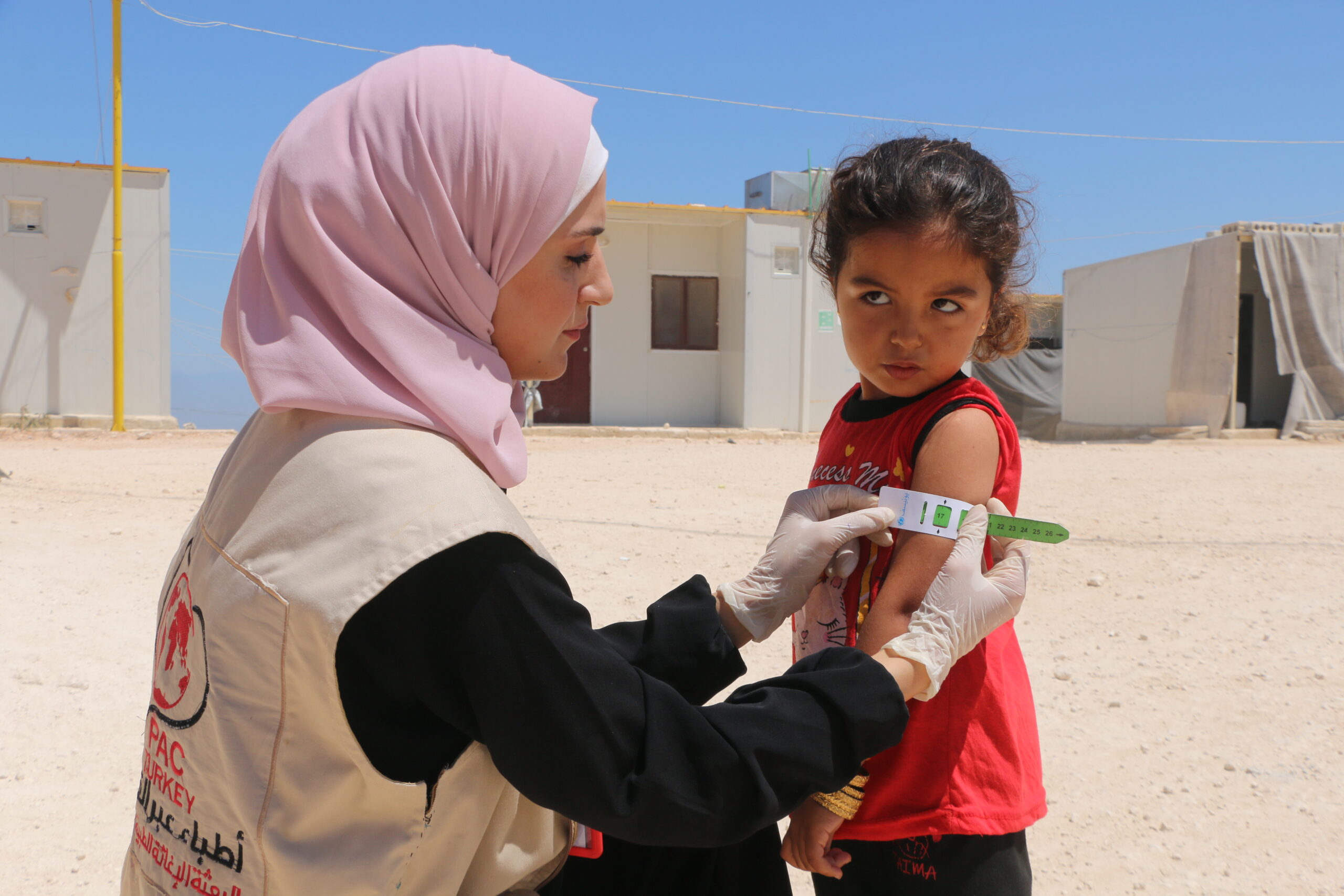The Nutrition SMART Survey (Standardized Monitoring and Assessment of Relief and Transitions) is a tool used for assessing and monitoring the nutritional status of populations affected by emergencies or humanitarian crises. It is designed to provide standardized and comparable data on key nutrition indicators to inform decision-making and response efforts by humanitarian organizations, governments, and other stakeholders.
Key features of the Nutrition SMART Survey include:
1. Standardized Methodology:
The survey follows a standardized methodology developed by the World Health Organization (WHO), the United Nations Children’s Fund (UNICEF), and other partners. This ensures consistency and comparability of data across different contexts and settings.

2. Nutrition Indicators:
The survey assesses a range of nutrition indicators, including prevalence of acute malnutrition (measured using metrics such as weight-for-height or mid-upper arm circumference), prevalence of stunting (chronic malnutrition), prevalence of micronutrient deficiencies, and breastfeeding practices.
3. Sampling Design:
The survey uses a rigorous sampling design to ensure that the data collected are representative of the population being assessed. This typically involves randomly selecting households or individuals to participate in the survey, with sample sizes calculated to provide statistically valid estimates of key indicators.
4. Data Collection:
Trained survey teams collect data through standardized measurements (e.g., anthropometric measurements, hemoglobin testing) and interviews with caregivers or household members. Data collection tools are designed to be culturally appropriate and sensitive to the local context.



Leave A Comment